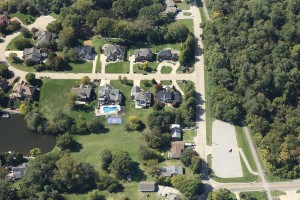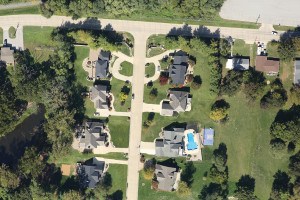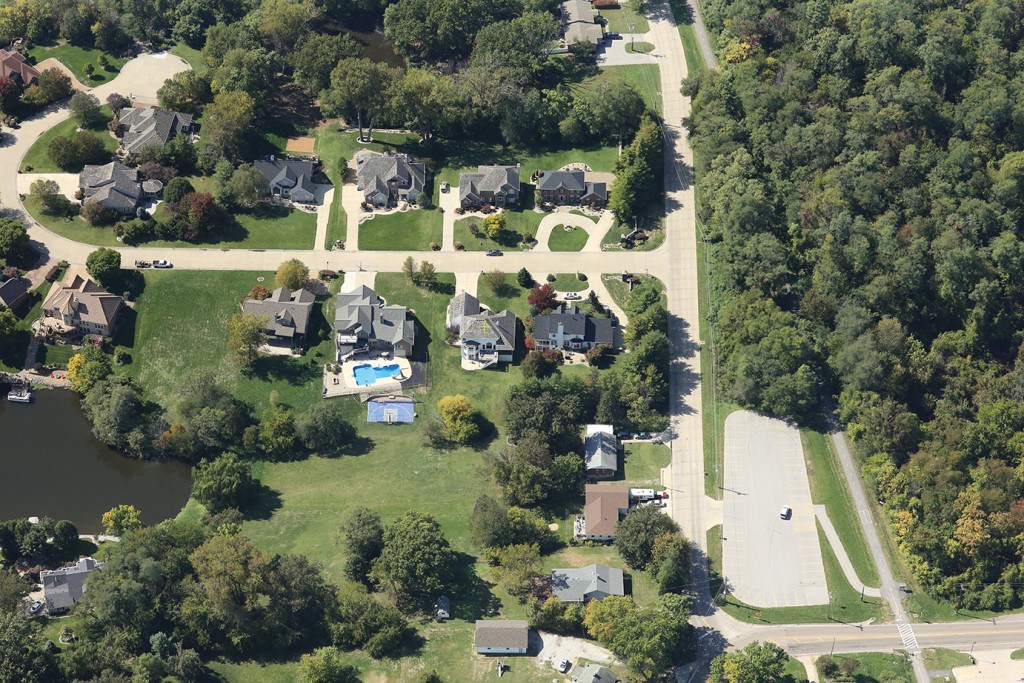How the Initial Inspection Can Improve Claims Results and an Insurer’s Bottom Line
The last 20 years have been difficult for homeowner property insurance writers. Since 1993, they have experienced only four profitable year’s industry wide, according to A.M. Best and the Insurance Information Institute. Many reasons may account for the perpetual string of bad years — surely increased catastrophe losses have been a big factor.
But regardless of the cause, the effect is certain: The need for senior management to find ways to improve underwriting decisions while reducing underwriting expenses. Simply put, to fly high and increase profitability, underwriting decisions must improve while expenses decline.
That poses a significant challenge for underwriting leaders. Complicating the issue is the customer side: Insurance buyers are shifting from reliance on agents to a do-it-yourself approach using the Web and mobile devices, which eliminates the pre-quote property visit.
Advances on Land
To remain competitive, insurers must shift to an almost completely automated process, starting with the initial quote and ending with annual policy renewals.
Toward that goal, automation has been a key focus of recent advances in homeowners underwriting. For example, simply entering an address into an insurance underwriting application can provide a wealth of information about a property under consideration. In addition, insurers can use property characteristics, derived from public records information, to help determine Coverage A values for a property. Location-based information is also available in real time.Once an address is geocoded, the underwriting decision can automatically include information about fire suppression capabilities, catastrophe risk details, and other critical underwriting elements.
Yet those advances alone will not help insurers sufficiently enhance their profitability. Other improvements are set to change the course of homeowners underwriting. Case in point: property inspections.
Inspection Disaffection
Property inspections are critical in the insurance underwriting workflow. They confirm what underwriters know about a property while discovering unknown characteristics. However, the current process— primarily relying on the on-site visit —isn’t ideal for several reasons:
- Property inspections are costly. Insurers spend about $100 million each year on them.
- Inspections often have no effect on the underwriting decision. A recent survey by Verisk Analytics determined most inspections result in no underwriting action.
- When underwriting action is warranted, inspection reports often take too long to complete. Depending on the insurer or circumstances, a third-party inspection company may inspect the property. But the results may not be available until the policy is already on a company’s books. By then, a policyholder may think the policy is set, which translates into poor customer service if the term has to change at that point.
Visual Verification
Considering the disadvantages of the on-site visit, insurers must solve the property inspection conundrum — which raises the question: How?

Recent advances in aerial imagery technology will soon play a major role. Ultra-high-resolution aerial images literally offer a bird’s-eye view and will provide the validated property information insurers need to enable virtually any underwriting decision.
Roof damage accounted for 30 percent of all homeowners claims costs during the past five years, according to Verisk research. Aerial imagery tools can measure a roof, analyze its shape, determine the material it’s made of, and provide a replacement cost estimate. In addition, the length of a fence line or the size of detached buildings and attached structures (such as decks, porches, and patios) are visible by aerial technologies.
Underwriting Aerial-Style
Ultra-high-resolution aerial images allow carriers to estimate automatically replacement costs using site-verified building characteristics and other information. Carriers can verify the property geocode to assess catastrophe and non-catastrophe risks, including:
- fire protection information;
- claims histories;
- crime risk;
- foreclosure status;
- premium tax amount;
- likelihood of hail damage;
- hurricane, earthquake, wildfire, and flood risk.
If desired, carriers can remotely measure the distance from house to brush line in wildfire-prone areas and the number of trees and their distance from the property in hurricane-prone areas.

Coverage Limits
Carriers can identify the need for additional coverages, including Coverage B for detached structures and Coverage E for liability risks. In many cases, the images will eliminate the added expense of a property inspection after the policy has been bound.
Coverage A: Estimate the replacement cost using automatically detected characteristics and information about the property.
Coverage B: Search for detached garages, pools, fences, and other detached structures to determine the possible need for additional coverage.
Coverage E: Is there a pool, trampoline, dog run, chicken coop, or other indication of increased personal liability risk?
Any effort to change what has been until now standard operating procedure isn’t trivial. But for carriers to thrive in the future, business processes need to meet the requirements of customers, enhance underwriting decision making — and generally deliver more while spending less. All of that necessitates an ever stronger reliance on the wings of technology and the development of trust in automated, rather than human, homeowners’ policy analyses.
Neil Spector is president of Verisk Insurance Solutions – Underwriting, which develops and delivers underwriting information and services for the property/casualty insurance industry. Verisk Insurance Solutions — Underwriting is a unit of Verisk Analytics.
Was this article valuable?
Here are more articles you may enjoy.


 Trump Sues BBC for $10 Billion Over Documentary Edit
Trump Sues BBC for $10 Billion Over Documentary Edit  NYT Asks Judge to Dismiss Trump’s ‘Implausible’ Defamation Suit
NYT Asks Judge to Dismiss Trump’s ‘Implausible’ Defamation Suit  Tesla Drivers Are Buying Escape Tools and Cars to Avoid Getting Trapped Inside
Tesla Drivers Are Buying Escape Tools and Cars to Avoid Getting Trapped Inside  Marijuana’s Move to Schedule III: What it Really Means for Cannabis Insurance
Marijuana’s Move to Schedule III: What it Really Means for Cannabis Insurance 